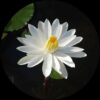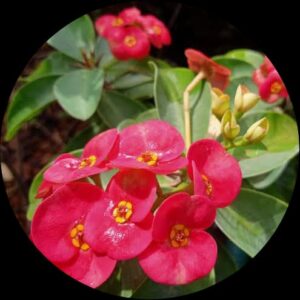- Empty cart.
- Continue Shopping
Green Apple
Original price was: ₹1,280.00.₹958.00Current price is: ₹958.00.
Genus : Lotus
Elevate your water garden with the captivating Green Apple Lotus aquatic plants. Their refreshing beauty and vibrant colors will add a burst of energy to your aquatic oasis. Create a vibrant and refreshing atmosphere at home.
Lotus plants belong to the genus Nelumbo and are known for their striking flowers and distinctively shaped leaves. They are aquatic plants that grow in shallow waters such as ponds, lakes, and slow-moving rivers. While there is no specific “Green Apple Lotus,” lotus flowers come in a variety of colors, including shades of white, pink, and yellow.
Lotus plants typically have large circular leaves that are held above the water on long stalks called petioles. These leaves can grow quite large, reaching diameters of up to 2 feet (60 cm). The leaves are usually green and have a round or slightly concave shape, providing a visually appealing display as they float on the water’s surface.
The lotus flowers are the most notable feature of the plant. They are large, showy, and often fragrant. The flowers consist of numerous petals arranged in several layers, creating a distinctive shape. The petals can be wide and flat or slightly pointed, depending on the variety. The flowers usually emerge above the water on sturdy stalks and open during the day, closing at night.
Lotus plants are revered in many cultures and hold significant symbolism. They are often associated with purity, beauty, enlightenment, and spiritual growth. Lotus flowers have been depicted in various forms of art and hold deep cultural and religious meanings in different parts of the world.
Cultivating lotus plants requires specific conditions. They thrive in warm climates and prefer full sunlight for optimal growth and flowering. Lotus plants grow best in nutrient-rich, muddy or silty soil at the bottom of the water body. They require a water depth of about 2-6 inches (5-15 cm) above the soil surface to allow the leaves and flowers to float.
Lotus plants can be grown from seeds or tubers. Seeds can be planted in the soil or started in containers before transplanting into the water. Tubers, which are specialized underground stems, can be divided and planted to propagate new plants.
In conclusion, while there is no specific “Green Apple Lotus,” lotus plants are renowned for their striking flowers, large circular leaves, and cultural significance. They bring beauty and symbolism to aquatic environments, making them a sought-after choice for water gardens, ponds, and other water features.












Reviews
There are no reviews yet.